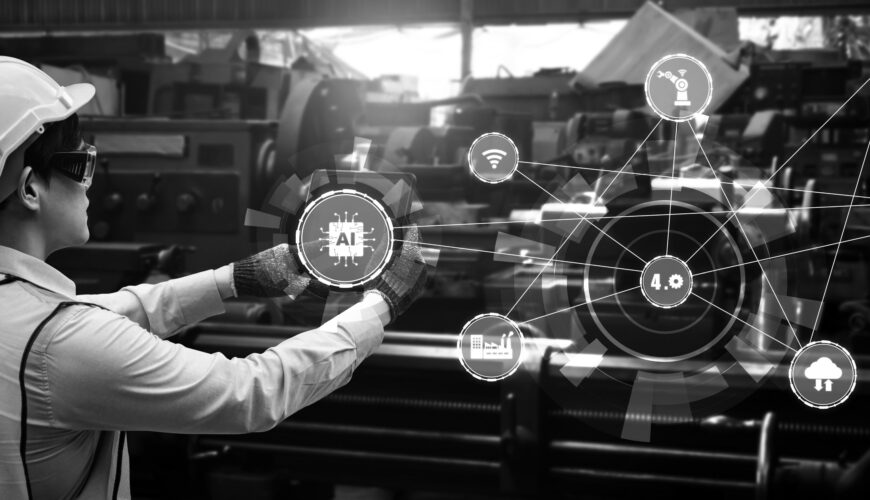For years, warehouses oversaw the maintenance of their material handling equipment in a traditional, manual approach. Something broke or began making noise like it might break, and in came the maintenance team. This might lead to hours or even days of downtime while the team awaited replacement parts or even full pieces of equipment if the damage was bad enough. Since then, the OEMs have worked hard to build preventative maintenance into their equipment, much like automakers. And while this has served as a massive step up and led to the reduction of countless lost hours, there’s better on the horizon in the form of predictive maintenance.
What’s the difference? Predictive maintenance will allow your equipment and software to anticipate a failure. It accomplishes this with real-time data capture, measuring via sensors and other tools. When working as it should, predictive maintenance will, in theory, allow you to leave behind the idea of replacing parts that may or may not have finished their full life cycle—which is preventative maintenance. This can save you a substantial amount of money over the long run.
All that said, getting to the point of true predictive maintenance is not an easy task, nor is it free. One of its biggest barriers is that right now, the entire industry hasn’t advanced enough to make it prevalent. While many of the OEMs are building condition monitoring tools into their equipment and control software, end users are lagging behind. The reality is that too many warehouses are still in the mode of corrective maintenance, which is to say, running to failure. Preventative maintenance follows as the second most prevalent approach.
At a much lower implementation level is predictive maintenance, which is the next natural stage. Companies with advanced maintenance departments, software, and operations staff are adopting this stage of maintenance at a slow pace. That puts prescriptive maintenance–the gold standard—at a very small, futuristic stage right now.
One of the issues that holds companies back is the sensors necessary in the motors and drives of material handling equipment. While some new equipment arrives with the sensors in place and ready to use, older equipment requires retrofitting. Still, it can be well worth the effort and money as a good first step toward robust data collection. Sensors can pick up details like vibrations and temperatures, which can be indicators of trouble on the horizon.
Whether retrofitting or buying new equipment with sensors in place, the next step is often to connect the flow of data they produce. Ideally, you’ll have software that can translate that data into performance analytics. This may identify patterns that you can use for performance analytics, which will help predict future performance. Now, you are entering predictive maintenance territory.
AI and machine learning will factor into the current and next generation of condition monitoring and material handling equipment maintenance, helping to truly usher in a world of prescriptive maintenance. While adoption of this next-gen maintenance is still not a reality, it will arrive before we know it. Take the time now to prepare for the future—have a conversation with your supply chain consultant to see how to begin moving in that direction.


